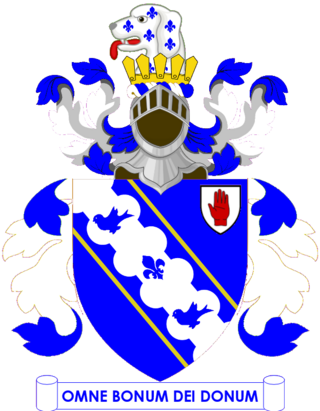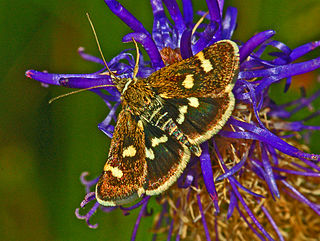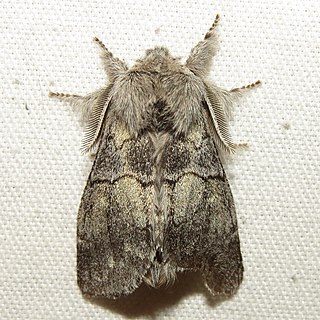
Henri Milne-Edwards was a French zoologist.

Xanthidae is a family of crabs known as gorilla crabs, mud crabs, pebble crabs or rubble crabs. Xanthid crabs are often brightly coloured and are highly poisonous, containing toxins which are not destroyed by cooking and for which no antidote is known. The toxins are similar to the tetrodotoxin and saxitoxin produced by puffer fish, and may be produced by bacteria in the genus Vibrio living in symbiosis with the crabs, mostly V. alginolyticus and V. parahaemolyticus.

Henry Sutherland Edwards (1828–1906) was a British journalist.
George Edwards may refer to:

Majidae is a family of crabs, comprising around 200 marine species inside 52 genera, with a carapace that is longer than it is broad, and which forms a point at the front. The legs can be very long in some species, leading to the name "spider crab". The exoskeleton is covered with bristles to which the crab attaches algae and other items to act as camouflage.

The English Historical Review is a bimonthly peer-reviewed academic journal that was established in 1886 and published by Oxford University Press. It publishes articles on all aspects of history – British, European, and world history – since the classical era. It is the oldest surviving English language academic journal in the discipline of history.
James Hutchins Johnson was a businessman, militia officer, and politician from Bath, New Hampshire. Among the offices in which he served was U.S. Representative from 1845 to 1849.

Calappidae is a family of crabs containing 16 genera, of which 7 are only known as fossils:

Gluphisia crenata, the dusky marbled brown, is a moth of the family Notodontidae. The species was first described by Eugenius Johann Christoph Esper in 1785. It is found in Europe, east over parts of Russia and China up to Japan. It is also found in North America, where it was traditionally treated as a separate species, Gluphisia septentrionis.

Hexatoma is a genus of crane fly in the family Limoniidae.

Sir Henry Edwards, 1st Baronet was an English Conservative politician who sat in the House of Commons in two periods between 1847 and 1869.
The Midland Counties Miners' Federation was a trade union, representing coal miners in the West Midlands region of England.

Pisinae is a subfamily of crabs in the family Epialtidae, comprising the following genera:

Odontiinae is a subfamily of moths of the family Crambidae. The subfamily was described by Achille Guenée in 1854.
Gluphisia wrightii is a species of moth in the family Notodontidae. It was first described by Henry Edwards in 1886 and it is found in North America.

Gluphisia severa, the banded pebble, is a species of moth in the family Notodontidae. It was first described by Henry Edwards in 1886 and it is found in North America.

Gluphisia lintneri, the Lintner's gluphisia moth or Lintner's pebble, is a species of moth in the family Notodontidae. It was first described by Augustus Radcliffe Grote in 1877 and it is found in North America.

Gluphisia avimacula, the four-spotted gluphisium or avimacula pebble, is a species of moth in the family Notodontidae. It was first described by George H. Hudson in 1891 and it is found in North America.

H. Edwards Ficken (1852-1929) was an English American architect in practice in New York City.
This page is based on this
Wikipedia article Text is available under the
CC BY-SA 4.0 license; additional terms may apply.
Images, videos and audio are available under their respective licenses.















